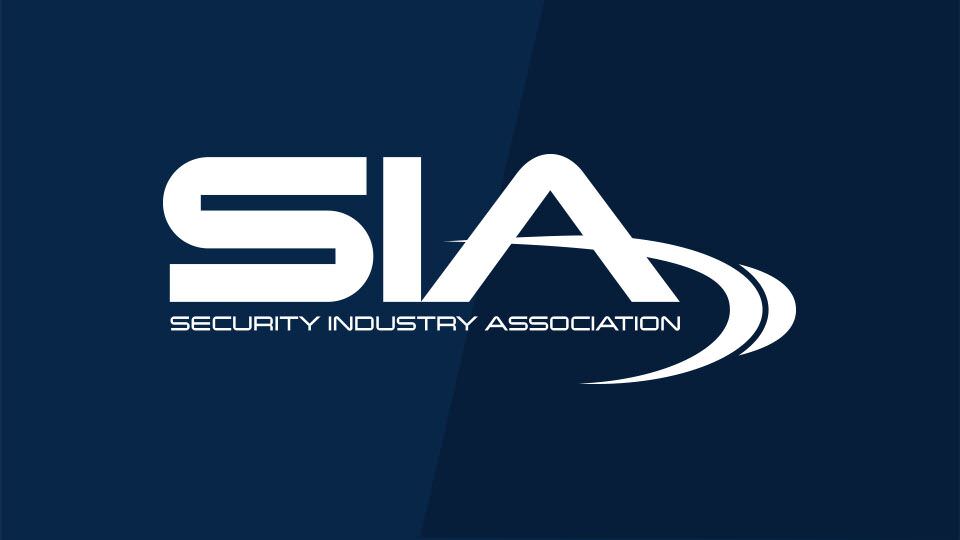Dealing With Today’s Active Shooters

Under today’s threat environment, active shootings have unfortunately maintained a very deadly and real threat for businesses and communities. Regardless of the business model or size, employees and guests have fallen victim to these vicious attacks that occur without warning or impunity.
At ISC West, a SIA Education session on active shooter will focus on how a business and its employees are not silent observers in deadly emergencies, but a valuable partner who can provide clarity, assistance and guidance to the first responder community. While we are an information society that thrives on timely and actionable communications when facing barbaric acts, this session will help you to discover the communications platform and infrastructure to determine the plan on who should dispatch these messages.
Join Dave Shepherd, CEO, Readiness Resource Group, and David LaRose, Director Safety/Security and Emergency Management, Lakeland Regional Medical Center, for this discussion on active shooters, on April 4, 2017, from 8-10 a.m.
Ben Scaglione, Director of Healthcare and Security Business Development, Lowers Risk Group, and former Director of Security, New York Presbyterian Hospital, will moderate this session.
Register here for ISC West! Choose this and other education sessions at www.iscwest.com/education.
How have active shooters changed over time?
In the healthcare environment, not much has changed concerning active shooter. The shooters that have provided the most impact to the industry are the ones that occur within the hospital itself and are conducted by patient’s relatives who are not happy with the care their relative is being provided. What has changed is the frequency. The number of recorded active shooter incidents occurring in the healthcare environment has increased over the last few years.
What tools for managers and colleagues are needed to identify potential violent individuals?
Workers need to learn the signs of escalation pertaining to a potential active shooter. More training is necessary for all classifications of workers on the signs that would identify a person that may be escalating toward an active shooter event. In addition, workers need to be trained on how to handle themselves in the event of an active shooter event. For example, in healthcare one of the big questions that is not always identified in the creation of an active shooter response plan is what to do with the patients. Most response protocols suggest running and hiding. In the healthcare environment running means leaving the patients behind. What most healthcare institutions don’t understand is that running is okay if it is indicated in policy and staff are trained accordingly. However, if running is the indicated method than how patients are left behind should be addressed.
How does a manager begin to develop cooperation and a solid plan for getting public sector cooperation (i.e. first responders and police), especially when their resources are often stressed?
The plan starts with inviting local resources and sitting down to discuss options. In active shooter response, it is important that employees understand the role of law enforcement and first responders. It is also just as important for law enforcement to understand how the institution will react to an active shooter event. Sitting down and discussing response and response protocols is the best place to start the planning process.
How do you communicate with the media after an active shooter incident?
Whether an active shooter event occurs media interaction is extremely important. Institutions should have a pre-determined media gathering location and conferences with the media should occur on a regular scheduled basis; like every hour on the hour. Many times, institutions do not understand the importance of media communications because they are so busy handling the event. Media Relations should be a major part of any disaster response plan including active shooter.
What’s the biggest takeaway that attendees of this session will have after attending it?
The goal of our program is to have the attendees thing about the active shooter response process and to determine what works best for them and their institution. Developing and implementing an active shooter plan should not be a cookie cutter approach. Each institution is different and response should be developed that best fits the institution and the employees that work there.
The views and opinions expressed in guest posts and/or profiles are those of the authors or sources and do not necessarily reflect the official policy or position of the Security Industry Association (SIA).
